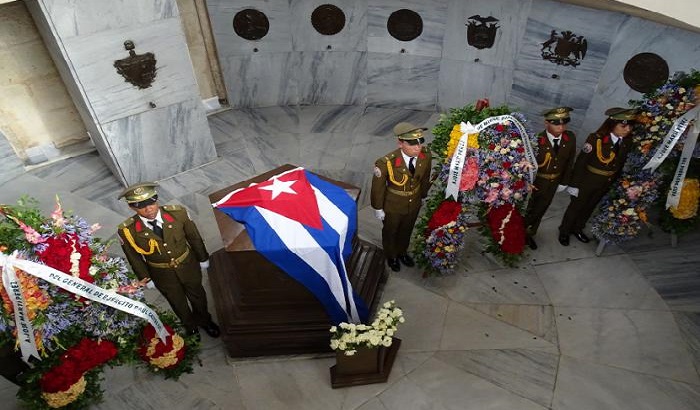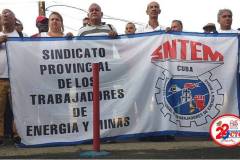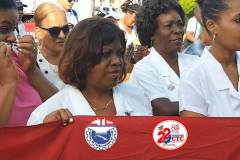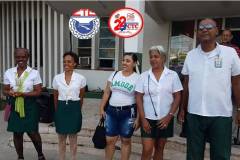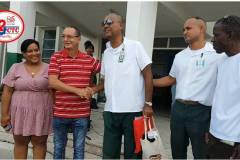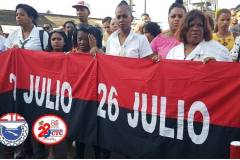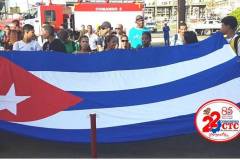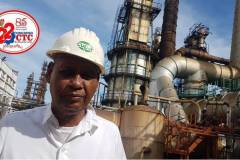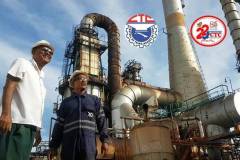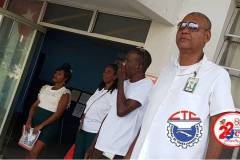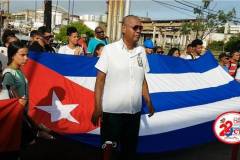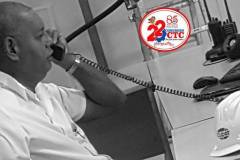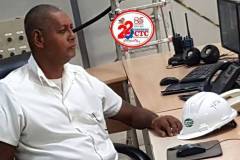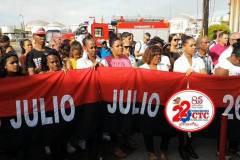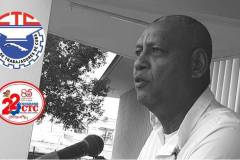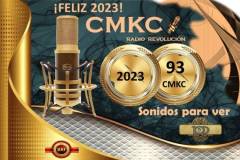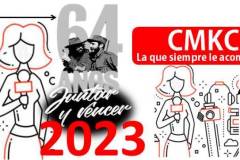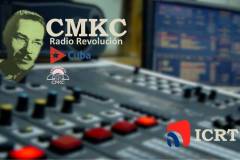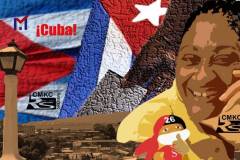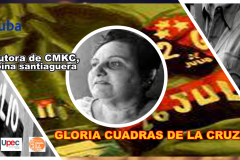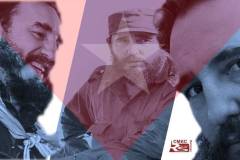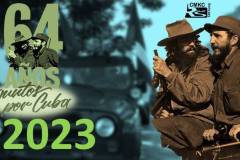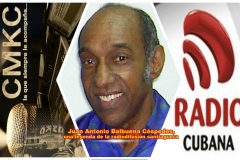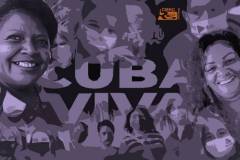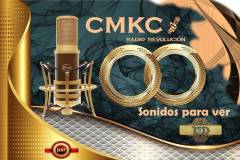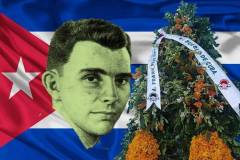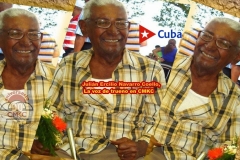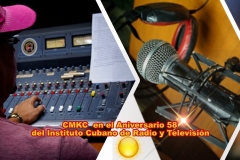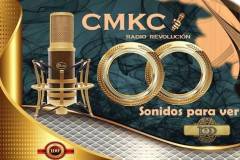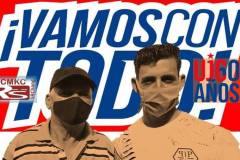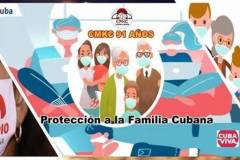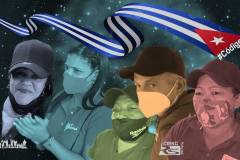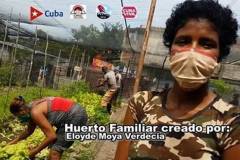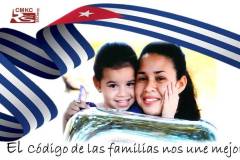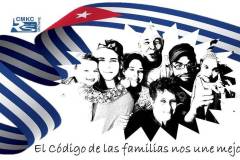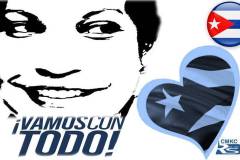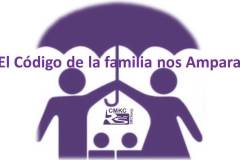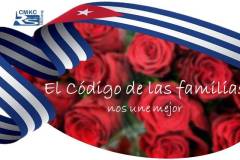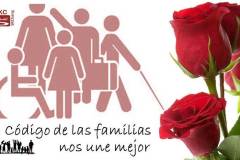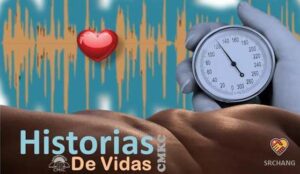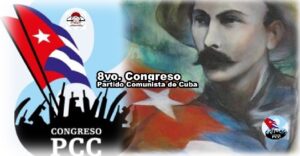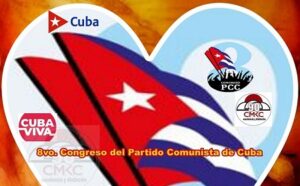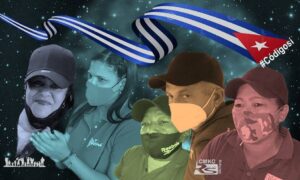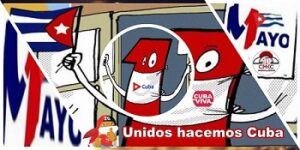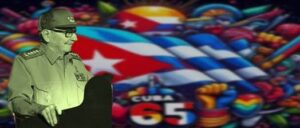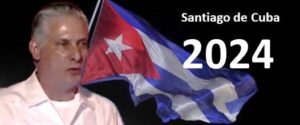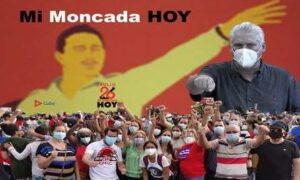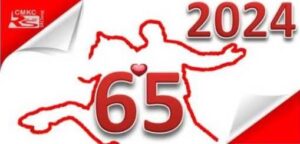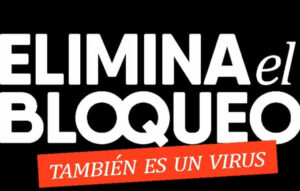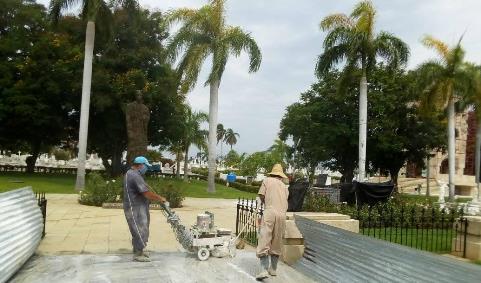
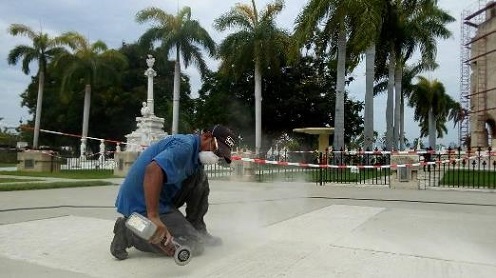
By: Santiago Romero, MSc.
Funerary Heritage Center of Santiago de Cuba.- It was very necessary for Santiago de Cuba to have the Funerary Heritage Interpretation Center for a cemetery like Santa Ifigenia, the third one built in the country and declared National Monument since 1937, with a long history and which treasures the remains of numerous personalities. First, it was complex to find the space, to define the mission, who would integrate the new institution of the Office of the City Curator and the resources, the most difficult thing.
And the determination was stronger than the pessimism, because not only the Funerary Heritage Interpretation Center is real, but also the transformation inside the cemetery, according to its current director, Martha Hernandez Cobas: «we found many problems, and we decided the organization of both documentary and internal physical space in Santa Ifigenia; a thorough inspection was made and the creation of the patrimonial corridor of the heroes, in addition, the restoration and maintenance of each monument, the tombs and the care of the mortuary remains, because here the ground is very humid and has been so for more than a century«.
More than a hall, we are before a History Socio-Cultural Institution where heritage studies are combined with anthropological studies, archeology and architecture, urban planning and environment, because here something is always discovered and a proposal for intervention of a new discipline arises. And no wonder, it is Santa Ifigenia, the so-called «open-air museum» inaugurated on April 22, 1868, where there are the remains of more than thirty generals of the struggle for Cuban independence and what to say of the heroes: Jose Marti, our National Hero; Carlos Manuel de Céspedes, the Father of the Homeland; Mariana Grajales, the Mother of the Homeland and the eternal Commander in Chief, Fidel Castro.
The place was «the old morgue of the Santa Ifigenia cemetery, whose historical connotation is that it was here where the putrefied bodies of the assailants to the Moncada barracks were brought on July 26, 1953. Frank País García’s death mask was made in this place; and the bodies of Otto Parellada, Pepito Tey and other martyrs of the underground struggle were veiled». This was made clear by museologist Claudia Amanda Amiot when the Center for the Interpretation of the Funerary Heritage of Santiago de Cuba was founded.
The historian of Havana, Eusebio Leal, visited the facility may times. He was very much impressed by so many patrimonial values of the Santa Ifigenia cemetery. He made numerous recommendations in the handling of the funerary values, how to extend the new center, what to do from the architectural, urban, stylistic and artistic, environmental, cultural, teaching and academic -and very important- educational point of view, so that it is not just a room in the old morgue, with offices, computers, exhibitions and collection of various conservation and restoration processes.

In a first stage of work, the Funerary Heritage Interpretation Center had an important reference as published on January 13 last year 2022. Then confirmed Odalis Quintana, architect and urban planner of the Office of the City Curator of Santiago de Cuba, that «87% of the yards of the Santa Ifigenia Cemetery have been inventoried and it has been evidenced that the last census that was made, at the end of the last century.
It is known from the inventory made in 1937, then, there were six key works as stated by the administrator Federico Franco: the tombs of Jose Marti, of Tomas Estrada Palma, Carlos Manuel de Cespedes, the Virginius Martyrs and Don Buenaventura Bravo, besides, the Heroes’ Altarpiece.
Without inventories, it is impossible to make a projection of the real handling and intervention, for example, of the more than 23 graveyards with tombs and the nine thousand sculptures, funerary art, marbles and granites, angels, crosses, tombstones and epitaphs. In Santa Ifigenia there is still a lot to save and in that is the objective of the specialists of the Center of Interpretation of the Funerary Patrimony of the Office of the Curator of the City of Santiago de Cuba.
